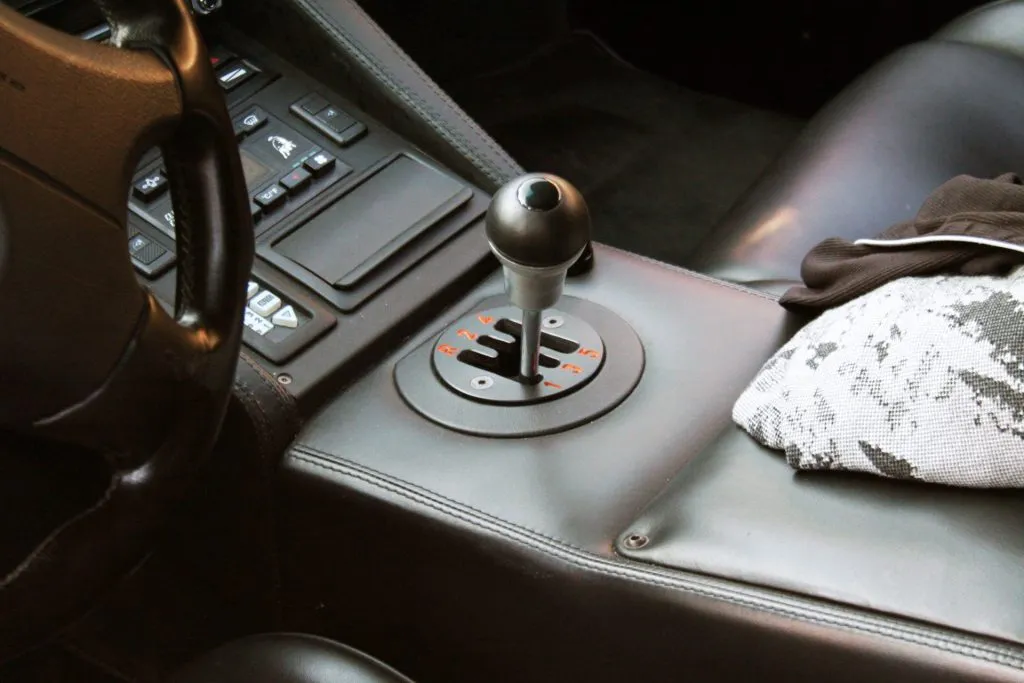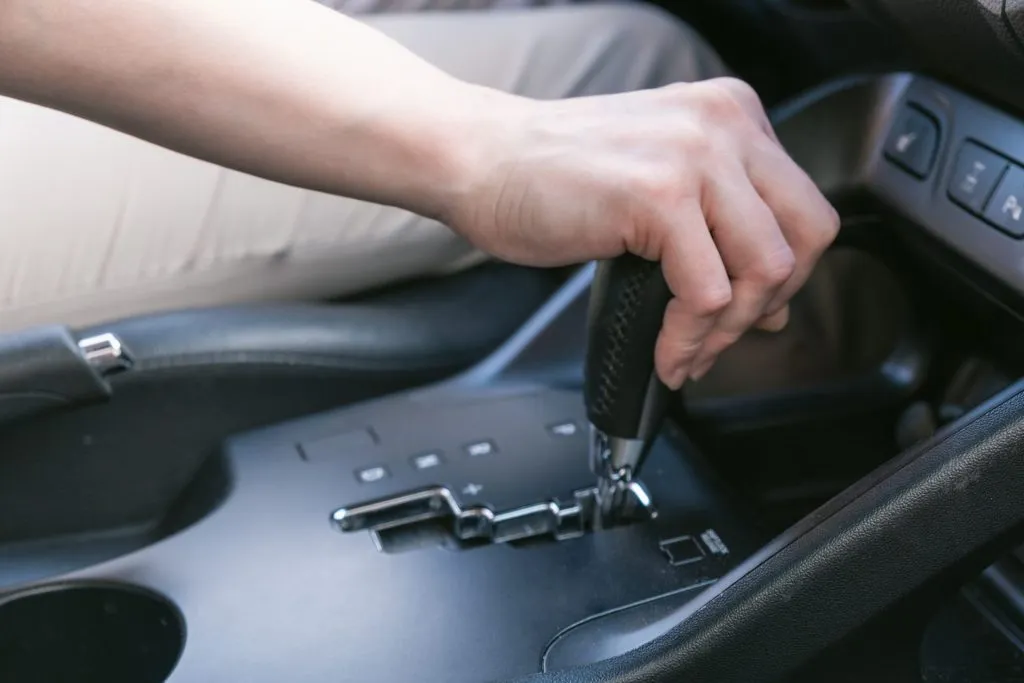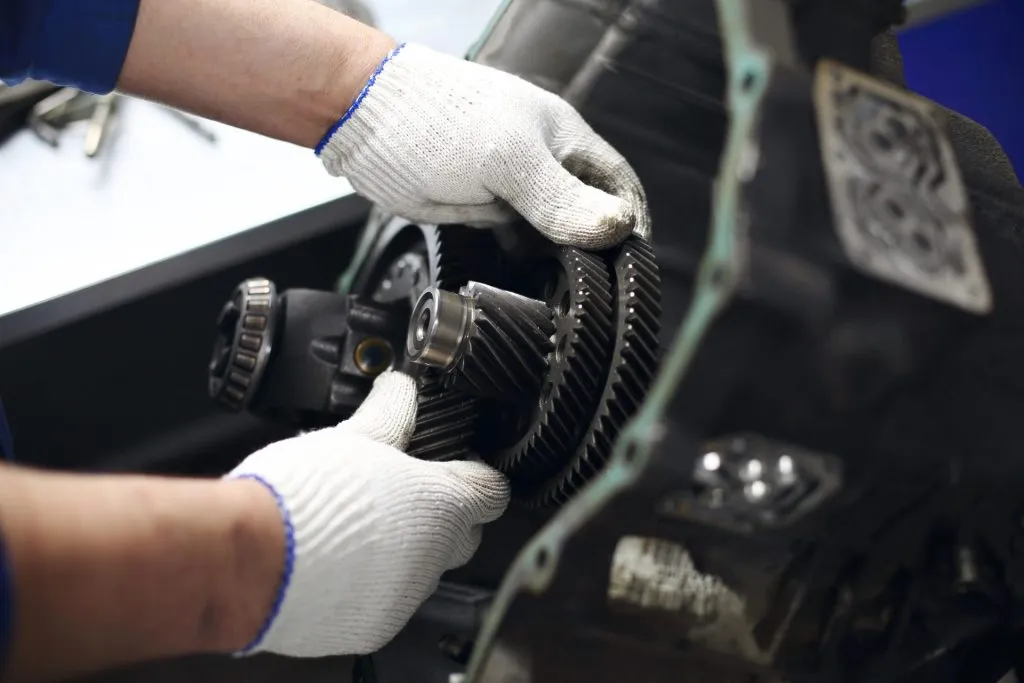Why Is Your Car Not Shifting Gears
- What Are the Common Reasons Why Your Car Is Not Shifting Gears?
- How to Diagnose Transmission Issues
- How Does Transmission Fluid Affect Gear Shifting?
- What is Transmission Linkage and How Does It Affect Shifting?
- What Should You Do If Your Car Won’t Shift Into Gear?
- How Can a Shift Lock Prevent Gear Changes?
- When Should You Consult a Professional Mechanic for Transmission Issues?
- Conclusion
Experiencing issues with your car not shifting gears can be frustrating and concerning. Just think of a situation when you try to get to faster speeds, and your car stays in the 1st gear, and a high-pitched noise comes from the car. It is likely the transmission is going bad.Understanding the potential causes and symptoms of this problem is crucial for maintaining your vehicle’s performance. In this article, we will explore the common reasons why your car won’t shift gears, how transmission fluid affects gear shifting, and what steps to take if you encounter this issue.

What Are the Common Reasons Why Your Car Is Not Shifting Gears?
The transmission being broken isn’t the most likely culprit of the transmission not shifting. The causes may be quite different. Below is a list of potential problems.
Understanding Automatic Transmission Problems
If you are looking for an answer to the question “Why is my automatic car not shifting gears?,” you should know that automatic transmissions (hydraulic power transmission, CVT or continuously variable transmission, etc.) are complex systems that rely on various components to function correctly. If you are having problems with the gear not shifting automatically (the speed increases but the gear doesn’t shift) and you have to use the paddle shifters to change the gears, it could be due to several factors, including:
- Transmission Fluid Issues: Low or dirty fluid can hinder the transmission’s ability to shift smoothly.
- Faulty Transmission Linkage: This mechanical connection can wear out or become misaligned, affecting gear changes. In direct-shift gearboxes (DSG), there are two magnets inside the gearbox that tell the gearbox which gear it is in. Over time, as the gearbox wears out, metal shavings can build up on the magnets, causing it to fail to detect which gear it is in. The metal shavings most likely come from bearings and shims in the gearbox, and it is therefore often necessary to replace or renovate the gearbox.
- Electrical Problems: Modern vehicles often use electronic controls for transmission shifting. Issues with wiring or sensors can lead to shifting problems. It could be the cam sensor, the crank shift sensor or speed sensor. The TCU (transmission control unit) needs signals from at least one of the engine sensors to determine the engine RPM and compare it with the speed for it to shift properly. One of the many sensors that help the TCU shift may be damaged.
- Worn Clutch or Bands: In some automatic transmissions, worn components can be the cause of the transmission not engaging. In such cases, the gearbox will most likely go into limp mode and only give you the 1st gear.
Identifying Symptoms of a Car Not Shifting
Recognizing the signs that your car is not switching gears properly can help you address the issue before it worsens. Common symptoms include:
- Slipping Gears: The engine revs without a corresponding increase in speed.
- Delayed Shifting: Hesitation before the transmission shifts to the next gear.
- Unusual Noises: Grinding or clunking sounds when changing gears. Running without any trans fluid for miles can damage bearings and other surfaces within the transmission and substantially shorten its service life.
- Warning Lights: The check engine light or transmission warning light may illuminate on your dashboard.
How to Diagnose Transmission Issues
Transmission problems need to be diagnosed with care and sometimes with the use of special tools. The steps to diagnose the problem are as follows:
- Inspect Transmission Fluid: Inspect the level and condition of the gearbox oil on the dipstick. Look for dirt or unusual odors.
- Listen for Noises: Listen carefully for unusual sounds during gear change, which might be a sign of mechanical trouble.
- Code Scan: Scanning with an OBD-II scan tool for diagnostic trouble codes may help detect electronic problems.
- Test Drive: Drive the car to test if the symptoms persist and in what conditions they occur.

How Does Transmission Fluid Affect Gear Shifting?
Transmission fluid (gearbox oil) lubricates the transmission’s internal parts, facilitates smooth gear engagement, and prevents overheating. The oil helps to make the internal clutch packs work, and it degrades with time. Proper fluid levels must be maintained to allow for maximum functionality.
Signs of Low or Dirty Transmission Fluid
Dirty or low transmission fluid will result in shifting problems. For example, the vehicle will shift into neutral for quite some time during gear shifting. When you accelerate during turns, the car will shift entirely into neutral. In some cases the car won’t go into drive or won’t go beyond a particular gear (it will get stuck in the 4th and the car won’t shift into the 5th no matter how fast you drive). The signs you will have to watch out for are:
- Dark or Burnt Fluid: The fluid will be a bright red. Dark or burnt fluid indicates that it may have to be replaced.
- Unresponsive Shifting: Difficulty with shifting gears can indicate that the fluid is not functioning well.
- Fluid Leaks: Red or brown fluid spots on the ground under your car may indicate a leak.
How to Check and Change Transmission Fluid
In case your manual transmission won’t go into gear, try to check and change your transmission fluid:
- Locate the Dipstick: With the engine running, find the transmission dipstick under the hood.
- Check Fluid Level: Remove the dipstick, wipe it clean, and reinsert it to check the fluid level.
- Change Fluid: If needed, drain the old fluid and replace it with new fluid as per your vehicle’s specifications.
Since the majority of the Automatic Transmission Fluid (ATF) always remains in the torque converter, the only way to change/replace the fluid is to perform a series of partial flushes.
The manufacturer’s procedure:
- Drain the fluid from the pan (about 2.5 quarts will come out), add 2 quarts of new fluid, and mix it up.
- Repeat this step.
- Drain the fluid the 3rd time, and this time add 3 quarts of the new fluid. The total new ATF used will be 7 quarts.
Then use the OBD-II connector and put the car in ATF level-checking mode. With the engine running and the transmission in “P” (park), the indicators will illuminate when the fluid temperature is in the correct range (108F-117F) for adjusting the fill level. The fluid should drain from the overflow hole (plug removed) at a slow trickle. If no fluid trickles out, add additional ATF until a slow trickle is achieved.
Mind that a transmission fluid flush can push small metal pieces into the valve and damage your transmission. So the optimal way is to go to a local shop and have your transmission oils changed by professionals.

What is Transmission Linkage and How Does It Affect Shifting?
Transmission linkage connects the shifter with the transmission, so when you find your car not changing gears, the problem is possibly with the linkage. Without the transmission linkage, or in the event it is broken, the transmission will not shift gears. The shifter will shift back and forth freely, but the transmission will not shift gears.
How to Check Transmission Linkage for Issues
To check the transmission linkage:
- Visual Inspection: Look for apparent wear, breakage, or loosening.
- Check Loose Connections: Tighten all the connections and ensure that they are in their proper places.
- Check the Shifter: Go through each of the gears, shifting the gear shifter, to find out if it is engaging normally.
What Should You Do If Your Car Won’t Shift Into Gear?
If your car won’t go into gear, follow these steps right away:
- Check Transmission Fluid: Make sure the fluid levels are at the correct level.There may be a leak that drained the clutch fluid. Check for any fluid under the car.
- Check Warning Lights: Check if there are warning lights on your dash.
- Restart the Engine: Restarting the engine at times may reboot the transmission system.
If this also fails, these general solutions may help to understand how to fix a car not changing gears:
- Align or Replace Transmission Linkage: If your shifter/gearbox is making really loud noises just when you are moving it around, the problem is most likely with the linkages. Loose linkage can be realigned or replaced to remedy the issue.
- Replace Transmission Fluid: Low fluid or dirty fluid level may be remedied by fluid replacement, which may be very effective in smooth shifting.
- Examine Electrical Wiring: Check that electrical wiring and connections to the transmission are not worn and in optimal condition. Worn-out wiring can impede the electronic controls required for smooth gear shifting.

How Can a Shift Lock Prevent Gear Changes?
The shift lock system is a safety feature that disallows the movement of the gear shift lever from the “Park” gear position without first pressing the brake pedal. The system prevents illegal gear engagement when the car is in the stationary position for safety.
Warning Signs That Your Shift Lock Is Not Working
If you suspect that your shift lock is broken, look for the following warning signs:
- Unable To Move Gear Shift Lever Out Of Park: If you are unable to move the gear shift lever out of the “Park” position even if you press the brake pedal, then the shift lock is failed or jammed.
- Indicator Lights: You’ll get a shift lock or transmission warning light on your dashboard that lights up to indicate the problem.
- Unusual Behavior: If the shifter isn’t stiff or loose, then it might be an indication of a faulty shift lock mechanism.
When Should You Consult a Professional Mechanic for Transmission Issues?
In case you have tried general troubleshooting and you are still stuck with the question “Why won’t my car shift gears?,” it is extremely necessary that a professional mechanic should get involved. Indications for professional involvement include:
- Persistent Symptoms: In case symptoms like slipping gears, delayed gear shifting, or unusual noises continue even after your efforts, call a professional mechanic.
- Warning Lights: In case warning lights do not disappear even after a general checkup, then professional diagnostics is required.
- Fluid Leaks: If you notice fluid leaking under your car, have it checked right away to avoid further damage.
What to Expect When Having a Transmission Diagnosed
When you bring your vehicle to the mechanic with transmission issues, the following can be expected:
- Complete Inspection: The mechanic will give the transmission system, linkage, electronic components, and fluid level a complete inspection.
- Diagnostic Testing: They will employ state-of-the-art equipment to scan for error codes and inspect the state of the transmission.
- Repair Recommendations: The technician will offer repair or maintenance recommendations that need to be performed, depending on what they have found.
Conclusion
If you have got an answer to the question “Why is my car not shifting gears?” you can take good care of your vehicle. Knowing the symptoms referring to the gearbox issues, knowing how to check the transmission fluid, and when to call a professional will enable you to repair transmission issues correctly. Constant maintenance and addressing issues right away will keep your vehicle on the road.




